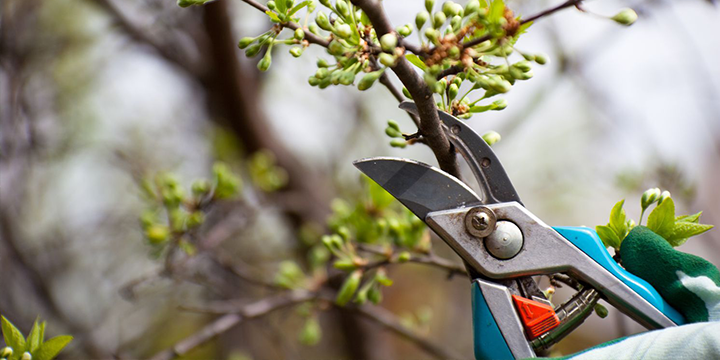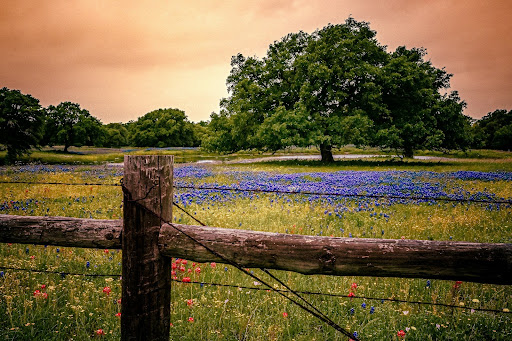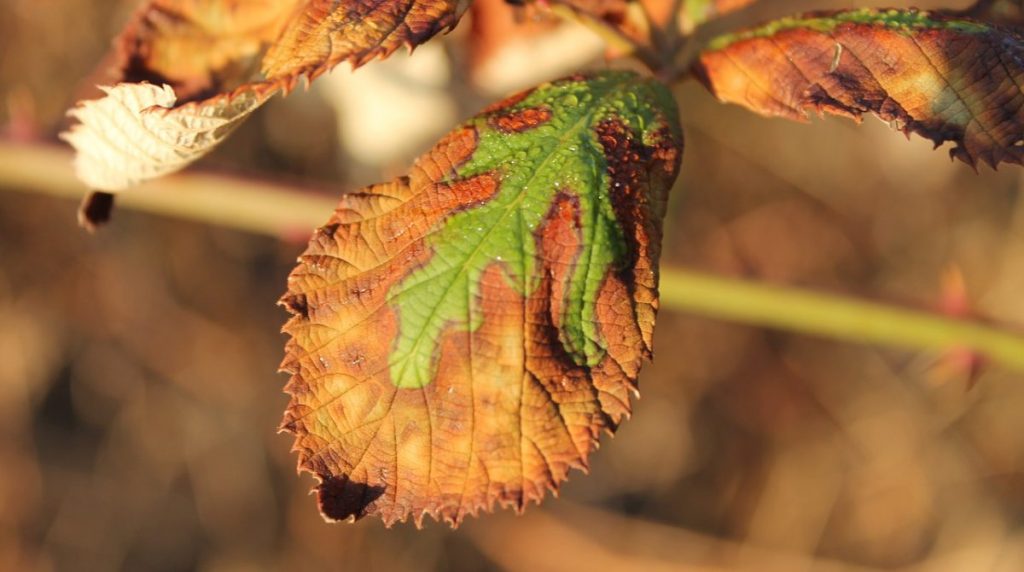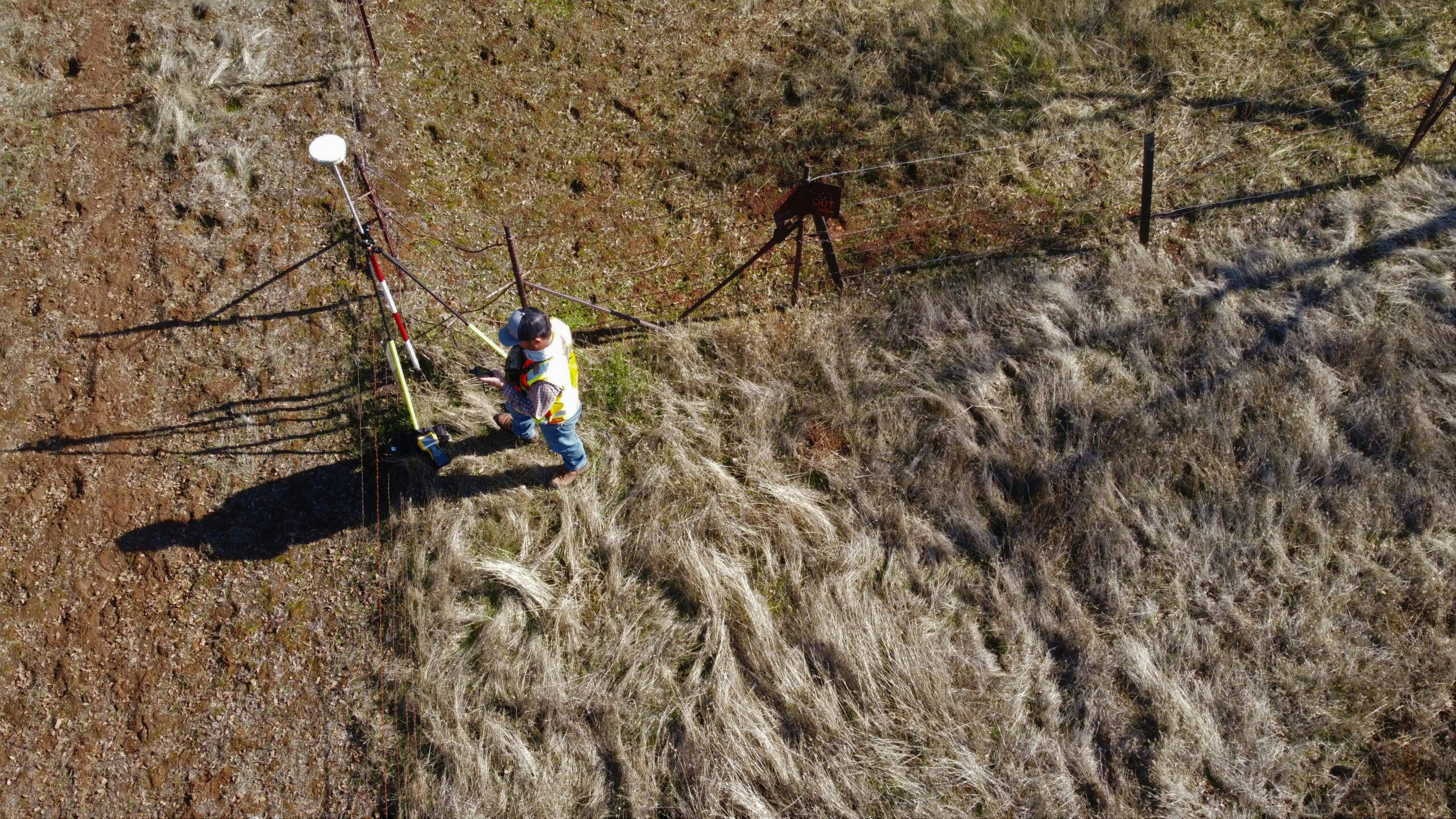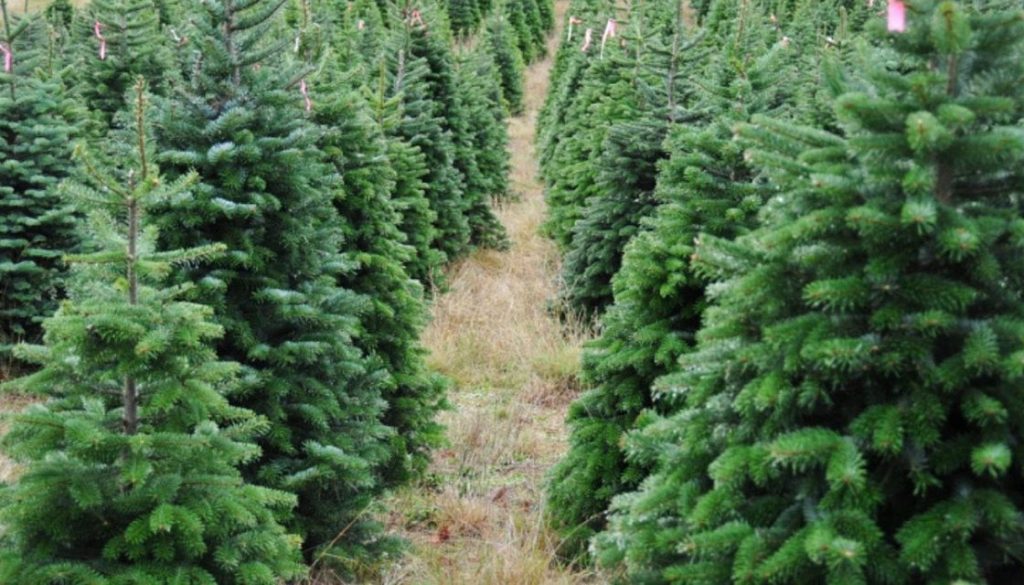
How to Grow Your Own Christmas Tree: A Complete Guide
Date December 23, 2021
Category
It’s Christmas time, and you’re looking for a Christmas tree. You could go to the store and buy one, but where is the fun in that? Why not grow your own Christmas tree! There are many benefits to growing your own Christmas tree: it will be fresh, save money on gas, and give you an excuse to spend more time outdoors. In this guide, we’ll take a look at how to plant and care for your Christmas tree! While Christmas trees are not grown overnight, growing your own can be a worthwhile project for your entire family.
Finding the Right Tree
You can grow many different Christmas trees, and not all are created equally. Check with the USDA plant hardiness zone map to find which zone works for your home! To make sure you pick the right tree for you, we will weigh the pros and cons.
Firs
Firs are the most traditional Christmas tree. They have good needle retention, lasting long after being cut down. The downside is that firs do not grow as fast as other Christmas trees and can take several years to mature enough for sale. If you’re looking for a more traditional option or have small children who might damage trees, firs are a great choice. Most firs grow best in cooler climates and areas with high elevation. Depending on where you are located, Firs may not grow.
- Fraser Fir: zones 4-7
- Douglas Fir: zones 4-6
- Concolor Fir: zones 4-7
- Balsam Fir: zones 3-6
- Noble Fir: zones 4-5
Spruces
Similar to firs in needle retention and growth rate, spruce Christmas trees generally grow slower than their fir counterparts and can be harder to find at the market. They do offer some nice advantages over fir, though: they have stiffer branches that hold ornaments easier, and their scent is often described as more pleasant. Blue spruce trees are evergreen, which means they will remain green year-round (although the needles will turn brown if exposed to the hot sun). Like firs, most spruces prefer cooler climates.
- Norway Spruce: (zones 2-7)
- Colorado Blue Spruce: (zone 4 to 7a)
Pines
Pine trees are the most popular Christmas tree in America. They have good needle retention, grow quickly, and find garden centers. The downside is that they can be messy (shedding needles), and some people don’t like their smell. Pines are hardy and can be grown in warm and cooler climate zones.
- White Pine: (zones 3-8)
- Virginia Pine: (zones 4-8)
- Scotch Pine: (zones 3-7)
- Sand Pine: (zones 7-10)
Cedars
Cedar trees are a popular choice for Christmas trees because they have excellent needle retention, grow quickly, and have a pleasant scent. They come in two varieties: the eastern red cedar and the western red cedar. Eastern red cedars tend to be smaller than their western counterparts, but both types make good Christmas trees.
Eastern Redcedar: (zones 2-9)
Cypresses
Cypress trees are known for their robust and water-resistant wood and needles that stay on the tree longer than many other types of Christmas trees. Leyland Cypress and Arizona Cypress are the two most popular cypress trees to grow as a Christmas trees.
Leyland Cypress: (zones 6-10)
Arizona Cypress: (zones 7-9)
Finding the Right Place to Plant
Once you’ve picked the right tree, it’s time to find the right place to plant it! You’ll also want to find an area that gets full sun (six hours per day) during most of the year and has well-draining soil.
Planting Your Tree
When deciding how to start planting your tree, you can grow it from a seedling or a container. If you choose to plant it from a seedling, make sure the tree is dormant (not growing) and has been cold stratified. Stratification is a process that breaks down the seed coat and allows for water and oxygen to penetrate. To do this, place the seeds in a plastic baggie with moist sand or peat moss and refrigerate them for four to six weeks.
Dig a hole that is two times the width of the pot and equally as deep. Gently remove the tree from the pot and place it in the hole to level the top of the root ball with the ground. Fill in around the tree with soil and water it well, then mulch your new Christmas tree! If you choose to plant it from a container, make sure the tree is dormant and has been cold stratified.
Christmas Tree Care Tips
Now that you have found the perfect spot to plant your Christmas tree, here are some care tips for keeping it healthy throughout winter.
Most Christmas trees are low maintenance apart from watering, weed control, and shaping. If growing from a seedling, it will need to be water weekly. If growing from a container, water it when the top inch of soil is dry.
Weed control is essential because you don’t want competing plants taking away nutrients and water from your Christmas tree. Mulching will help to keep weeds at bay.
Shaping your tree is vital in keeping it looking neat and tidy. You can do this by trimming the branches and lateral shoots. Only trim the branch if it is dead, diseased, or broken.
If you notice your tree is in poor health, call an ISA-certified arborist like TreeNewal to take a look at your tree.
When to Harvest
Christmas Trees tend to take several years before they reach the desired height of 6 to 7 feet. Once the tree has reached the height that’s right for you and your family, it’s time to harvest! Harvesting can be made easy with a handsaw or chainsaw. After you have cut the tree, make sure to place it in a water container, or the cut will reseal. If you notice the tree has resealed, cut a thin slice off of the truck, and it will be ready to go!
For more information on how to care for your Christmas Tree, check out our guide: How to Care for Your Real Christmas Tree This Holiday Season.
If you need support with your tree, give the ISA-certified arborists at TreeNewal! We offer tree care services across North Texas.
To learn more about How to Grow Your Own Christmas Tree: A Complete Guide, call our Argyle and Southlake-based teams
at tel:(817) 592-6846 or send us a message.
We’re a little different than the average tree services company.
Learn more about TreeNewal’s ISA Certified Arborists!
Our Dallas/Fort Worth-based tree doctors can explain how sustainable tree care services add more value to your bottom line.
Healthy trees, healthy lives.
